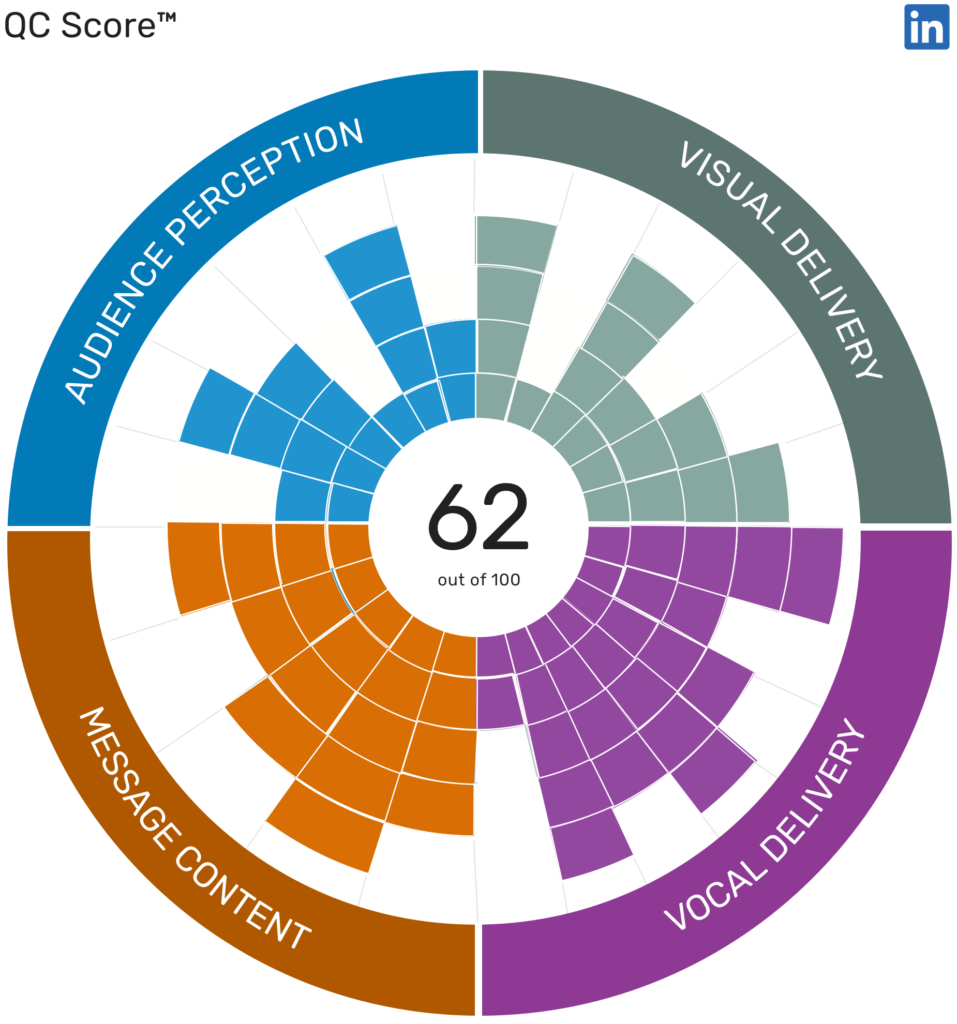A New Standard for Learning & Development: How to Measure Employees’ Most Important Skills

Like so many business initiatives, learning and development has embraced the digital era, moving online in spades as the industry continues to grow steadily. The 2020 LinkedIn Workplace Learning Report indicates that online learning investments are on the rise: 57 percent of talent developers plan to spend more on online L&D, while 38 percent expect to spend less on traditional, instructor-led training.
This continued upward trend is indicative that leaders are recognizing more and more the importance of learning and development for employee development and organizational performance. And employees want it as well: the report finds that 94 percent of employees say they would stay at a company longer if it invested in their learning and development. We know from our research that effective employee retention strategies are not only important for a healthy company culture, but they’re also a powerful way to save recruitment and training costs.
So, what exactly are businesses hoping employees get out of learning and development programs?
In past years, L&D leaders have been focused on developing employees’ soft skills, recognizing that those will be in demand no matter how automation and technological innovation impact business. And the same is true this year, with the research identifying soft skills, including leadership and communication skills, as the highest priority for learning and development initiatives:
This year, talent developers are laser focused on building soft skills—interpersonal skills that are foundational to every employee’s success, regardless of their functional role or how the technology landscape evolves. This is a smart investment, given that the shelf life of technical skills is relatively short—less than 5 years—while strong leadership, creative, and communication skills are always in demand.
– LinkedIn 2020 Workplace Learning Report
And yet, despite the growth in learning and development budgets and the sharp focus on soft skills like communication, the research finds that there are still significant gaps holding L&D back from fulfilling its potential — and slowing employees down, as well.
Establishing an Industry Standard to Measure Communication Skills
The gap is in how businesses measure the impact of their L&D programs. LinkedIn’s study identified this gap in ROI measurement as the most important area of focus in L&D for 2020 (and recent research from Degreed supports the finding), but there is no industry standard yet. Businesses rely on a wide range of metrics, including subjective feedback from employees and hard data like the number of courses completed or the number of employees who consistently use any given L&D platform. They can capture data from employee satisfaction surveys and collect qualitative feedback about behavioral change, but as of yet, there’s no standard, quantitative metric for identifying a program’s effectiveness.
To close that gap, we developed the QC Score.
Quantified Communications’ QC Score is a definitive measure of how successfully a leader or aspiring leader can communicate in any given setting. QC’s communication skills development platform quantifies a speaker’s capacity to effectively use their message (what they say) and delivery (how they say it) to positively influence the way audiences perceive them. Just like SAT scores tell students whether they’re on track for college admissions and IQ scores identify mental aptitude, the QC Score predicts a speaker’s capacity for success in front of any given audience.
So, how can this score impact learning and development measurement? Simple. As employees practice their communication skills, they (and their managers) can watch their QC Scores climb, providing an objective, data-driven measure of how successful their training has been — and how successful they are likely to be in leadership positions.
A standardized benchmark score gives L&D leaders a clear picture of their training programs’ effectiveness, but the benefits don’t stop there. QC Scores provide HR, talent, and business leaders with an immediate understanding of which external candidates have the soft skills they need to be successful within the organization, and they can help identify which high performers are ready for internal promotions. The data can also help business leaders identify the DNA of top performers so they can better select and develop their talent to enhance organizational performance.
Finally, the QC Score provides an easy way for managers to recognize their employees’ strengths and achievements and for employees to share their credentials, further boosting engagement and encouraging employees to invest fully in their learning.
If It Can Be Measured…
When it comes to learning and development, we know there is serious ROI to be found in investing in communication skills for employees across every level of the organization. But for too long, a lack of objective, data-driven success metrics has stood in the way of truly effective, lasting progress.
Here at QC, we’re constantly reminding ourselves of Peter Drucker’s famous proclamation that, if it can be measured, it can be improved. And now businesses can measure the impact of learning and development on their employees’ critical communication skills, there’s no reason not to aim for — and expect — significant improvement.
Quantified Communications is bringing objective standards to L&D and helping businesses grow their bottom line by improving employees’ and leaders’ ability to communicate effectively. To learn how we can help your organization develop world-class communicators, request a demo, and one of our experts will walk you through our platform and process.